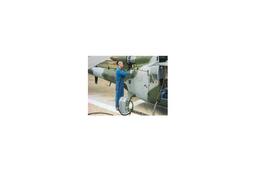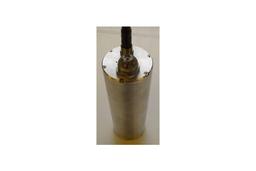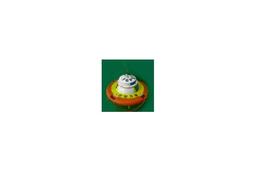



Marine and weather measuring equipment and Water quality automatic measuring equipment manufacturer
Our Crushable Foam Wrap (CFW) is a unique product which is able to disperse fluid expansion pressures created within the trapped annulus of an oil well while hot product is flowing. As product flows, the fluid within the sealed annuli of the oil well are denied thermal expansion, resulting in an increase in pressure wihtin the annuli. This increase may cause the outer casing of the annuli to rupture, resulting in leaking fluid or even complete collapse of the inner casing, restricting or even stopping product flow. This problem can be avoided by allowing the fluid within the annulus to expand and hence prevent the pressure increase.
CFW is designed to be installed around the inner drill casing which is then immersed within the annulus fluid. As the pressure of the annulus fluid increases, the CFW will collapse at a pre-determined pressure/temperature combination, allowing expansion of the annulus fluid and dispersing any potentially destructive pressure increases.
Features
ㆍPolymeric CFW has a honeycomb microstructure which allows compression of the foam to take place
ㆍThe structure is tailored to fail at the required pressure/temperature combination as dictated by the well conditions
ㆍCFW may be placed anywhere within the trapped annulus and still allow the free flow of the liquid
ㆍCFW's polymeric nature means that the foam itself has a thermal softening point, formulated to be below the maximum operating temperature of the annulus, ensuring the foam cannot fail to collapse before the maximum operating temperature is reached
CFW is supplied as quarter cylinders (quadrants), typically 1m long, which are installed on the inner drill casing in opposing pairs using a high performance acrylic adhesive. For ease of deployment, the effective diameter of the CFW is limited to allow sufficient clearance between it and the outer drill casing which also limits any damage to the CFW during deployment.
These physical parameters, along with the foam formulation are taken into account at the design stage in order to ensure collapse occurs within the specified parameters. The number of CFW quadrant pairs is dictated by the collapse volume required within the annulus, which is specified by the client and defined as the calculated volume increase of the annulus fluid brought about by thermal expansion between the installation temperature and the operating temperature.
The volume percentage of foam available for compression is termed the crush percentage. The crush percentage is defined as the amount of compression under isostatic load the foam will allow over the collapse pressure band - normally 30-50% depending on the particular foam formulation.
The total volume of foam required can be calculated using the collapse value and the crush percentage. This value is then increased by 20% to cover any losses incurred during the installation/deployment and to provide a safety factor should the fluid expansion exceed that calculated.


































